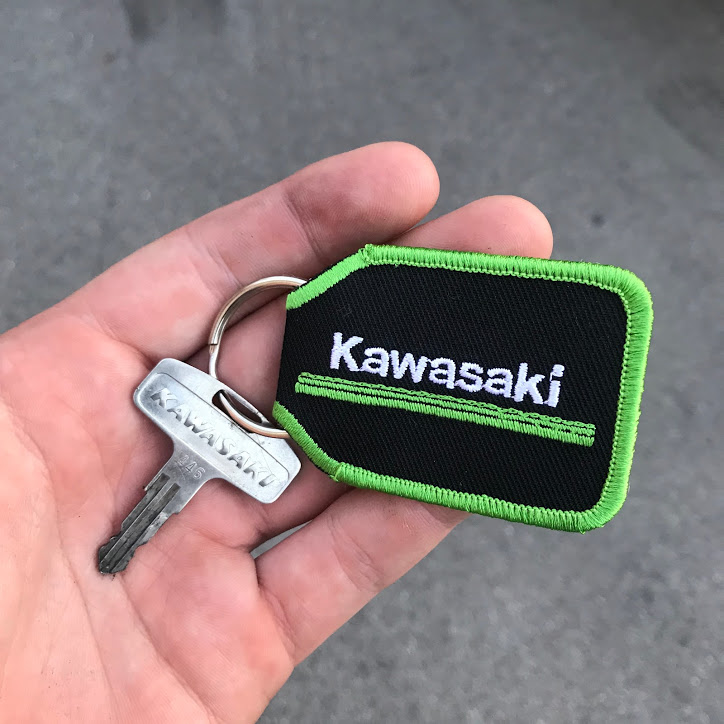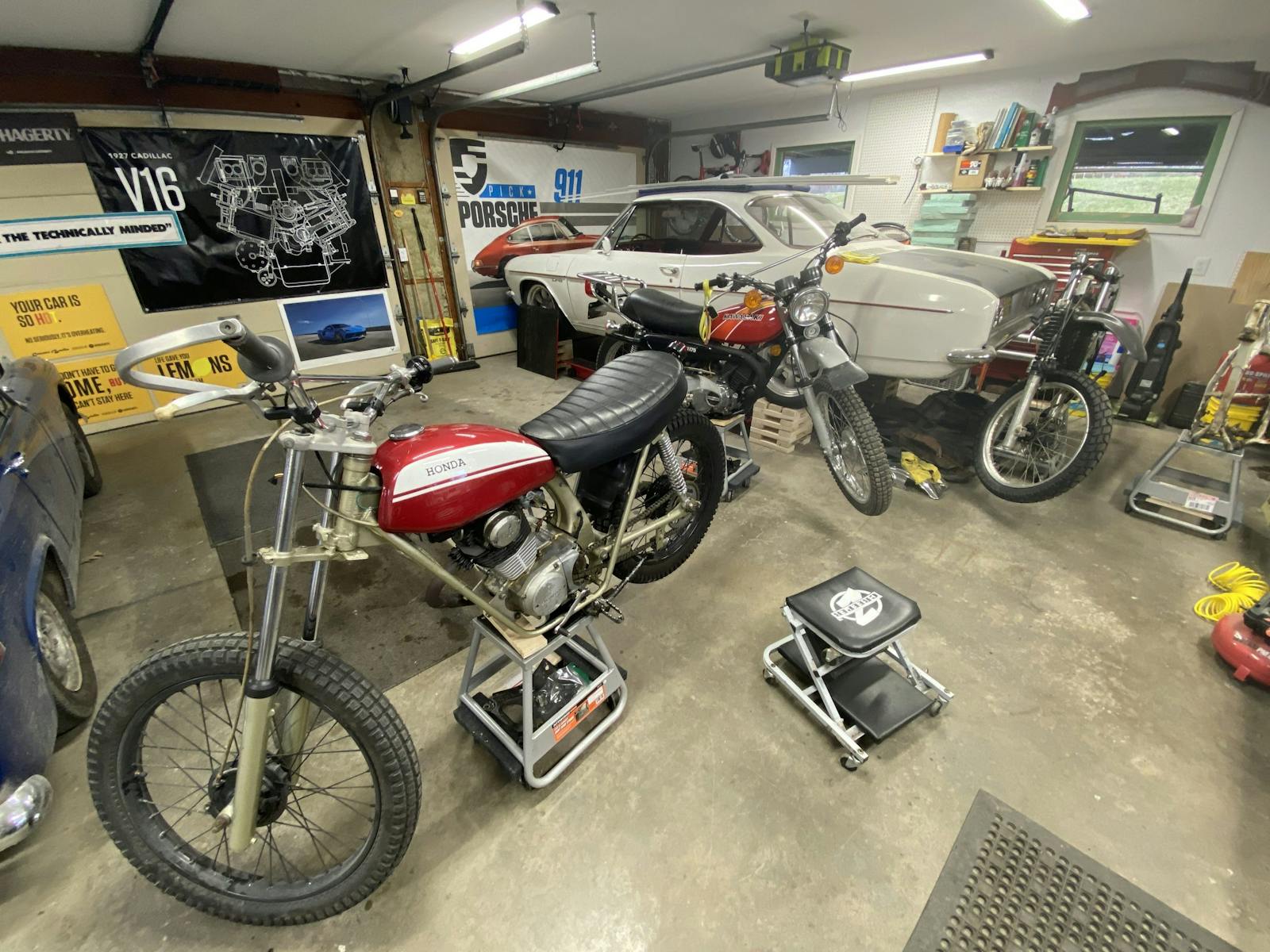Always do the easy fix first
Working on automotive projects means constantly researching problems, technical tips, and repair procedures. All that knowledge, however, can be a double-edged sword. On one hand you gain the confidence to take on projects of ever-increasing difficulty, assured in your diagnoses and ability to fix issues. On the other hand, knowing too much means you can also way, way overthink things and miss what’s staring you right in the face.
I learned that lesson recently on my vintage motorcycle, which needed a three-second adjustment I had completely ignored. Instead, I prepared for a full Saturday afternoon of wrenching.
Late last fall, I purchased a 1977 Kawasaki KE175 motorcycle on a whim while at the Barber Vintage Motorsports Festival. Having just sold a Gilera 106SS, the problem child of my garage, I had a bit of cash and a hankering for some reliable two-wheeled fun. Walking the swap meet, I saw the bright red and recently refreshed KE175 and went for it.

Sadly, by the time it made the trip north Michigan winter was settling in, so I got in a few rides around the neighborhood. With spring finally here, it was time for some real miles to find out exactly what I’d brought home.
For the first few around town rides it was good. No, great. Plenty enough power to zip around town running errands without being the slowest vehicle in traffic, but not so much as to be hard to handle. After a few rides, though, it seemed to be losing power, and the idle was erratic. The gentleman I purchased it from cleaned the gas tank and there was no in-line filter installed, so I was preparing to pull the carburetor off and clean out the junk from the tank that worked its way into the carb’s float bowl. Even on this small carburetor a rebuild would have taken me a few hours, and then proper tuning would have required me to fiddle with it for a week. Fun as that sounds, I’d rather be riding the bike than fixing it.
I took off the side cover, exposing the small single-throat carburetor. The problem only manifested when the engine was warm, so my plan was to run the engine to temperature and see if I could spot anything obvious—something I don’t always do.

With a single nudge of the Kickstarter the engine immediately ring-a-ding-dinged to life, spewing a light blue cloud of two-stroke oil out the back of the tailpipe—and also forward into the garage. Odd. This merited further investigation.
Turns out the two bolts holding the exhaust header pipe to the cylinder had worked slightly loose, allowing extra air into the cylinder during the intake stroke, thus reducing power in a fashion similar to a lean mixture caused by a debris-riddled carb.
Two turns of a 13-mm socket fixed the problem and the bike now runs at full health. I likely never noticed the small exhaust leak because it is under the gas tank, and when in motion it was not large enough for me to notice. A cold start off the bike gave me a fresh perspective that made the problem glaringly obvious.
That was a reality check. Had I not slowed down and investigated the problem I knew was a carburetor issue, I would have rebuilt that carb for no reason. And given the perfect tune the engine has right now, I might have messed that up in the process. All the knowledge in the world can be woefully misplaced if you spend it repairing non-broken things. I’ll remember that next time something breaks, but for the time being I am going to focus on finding some dirt roads and trails to explore.




